A country of revolution and revelry, colourful, cultural Cuba is also famed for its sun-kissed architecture, cocktails, cigars, and classic cars. Verve hitches a ride to the Caribbean icon.
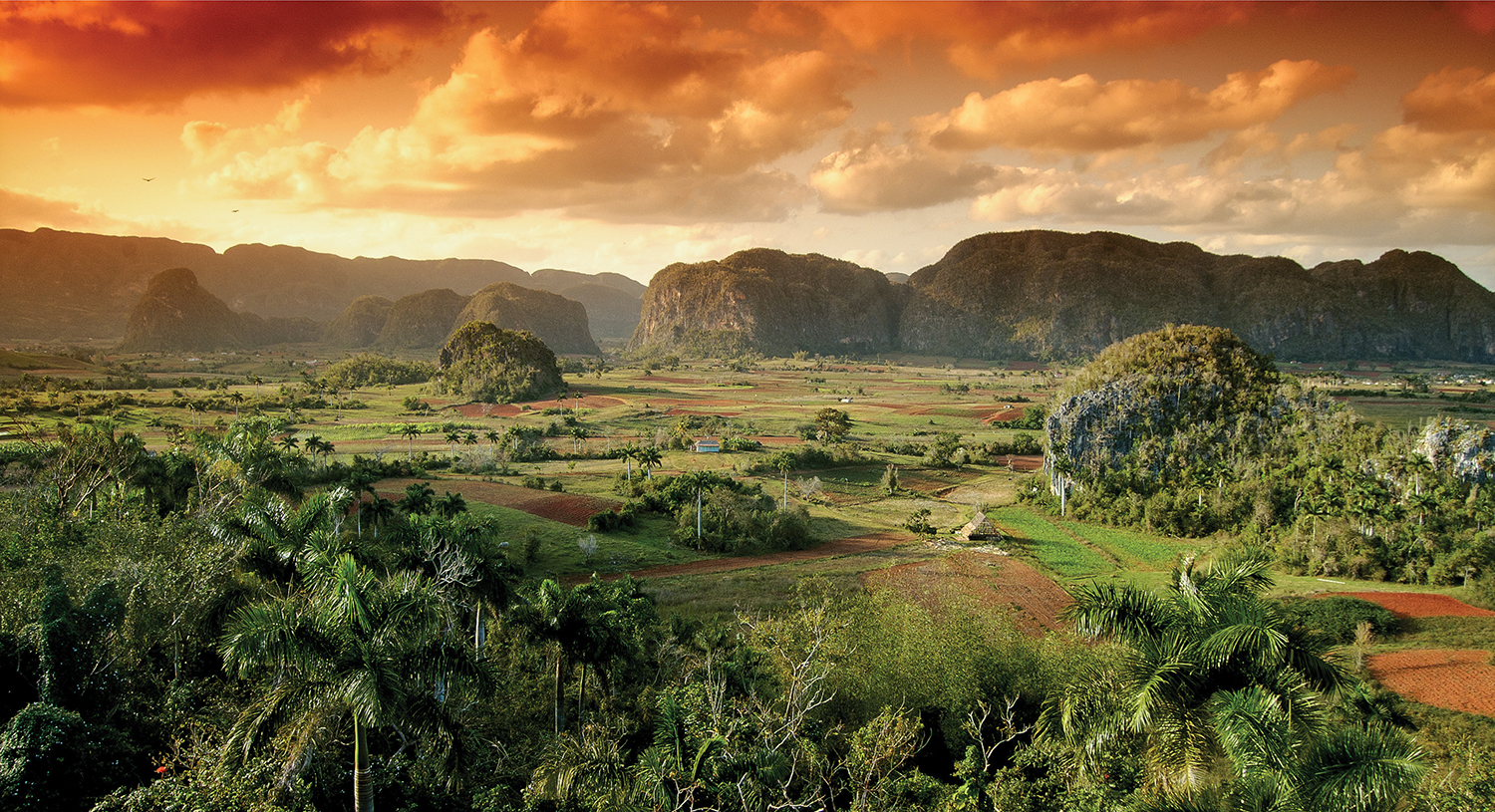
CAN’T MISS CUBA
Fábrica de Arte Cubano
Once named by Time magazine as one of the world’s 100 Greatest Places, the Fábrica de Arte Cubano (Cuban Art Factory) was established under the direction of legendary local Latin Grammy-winning musician X Alfonso. Springing from an old cooking oil factory, it’s now an art gallery-cum-eatery-cum-nightclub – and one of the coolest venues in Havana.
Old Havana
Cuba is home to nine Unesco sites including the Viales Valley and Alejandro de Humboldt National Park, but none probably as well-known as the uber-Instagrammable neighbourhood of Old Havana. The old town suburb of Cuba’s capital is famed for its classic cars cruising in the shadow of colourful architecture that incorporates the likes of neoclassical, art deco, and art nouveau styles. (One of the main reasons for the plethora of vintage automobiles in Cuba is because of the 1962 US trade embargo that banned the import and export of goods between the nations.)
Feel the Groove
A love of music courses through the souls of all Cubans, and there are few better places in the world to experience live acts than the Caribbean nation, whose influences have arrived from all over the world. You don’t need to visit the bars and clubs with your dancing shoes either, for street musicians abound here! Keep an eye – and ear – out for Cuba’s folklórico (traditional Latin American dance) troupes.
Museo de la Revolución
Learn of Cuba’s gripping past at the Museo de la Revolución (National Museum of Revolution). The museum chronicles times before, during and after the revolution, with exhibits that include contemporary photography and even blood-stained uniforms. There are areas dedicated to Fidel Castro and Che Guevera, including the tank used by Castro during the Bay of Pigs invasion. The setting in the old Presidential Palace only adds to the sense of history.
Hike Pico Turquino
It’s not any easy walk – depending on the route you’ll need to set aside one or two days – and guides are mandatory, but the views from atop of Pico Turquino, Cuba’s tallest summit at 1,972m, are well worth the puff. But it’s not just about the vistas up here, you’ll get to witness cloud-kissed rainforest and birdlife, and a bronze bust of national hero of Cuban independence José Martí. There’s also the opportunity of a side trip to Fidel Castro’s wartime jungle HQ, called La Plata.
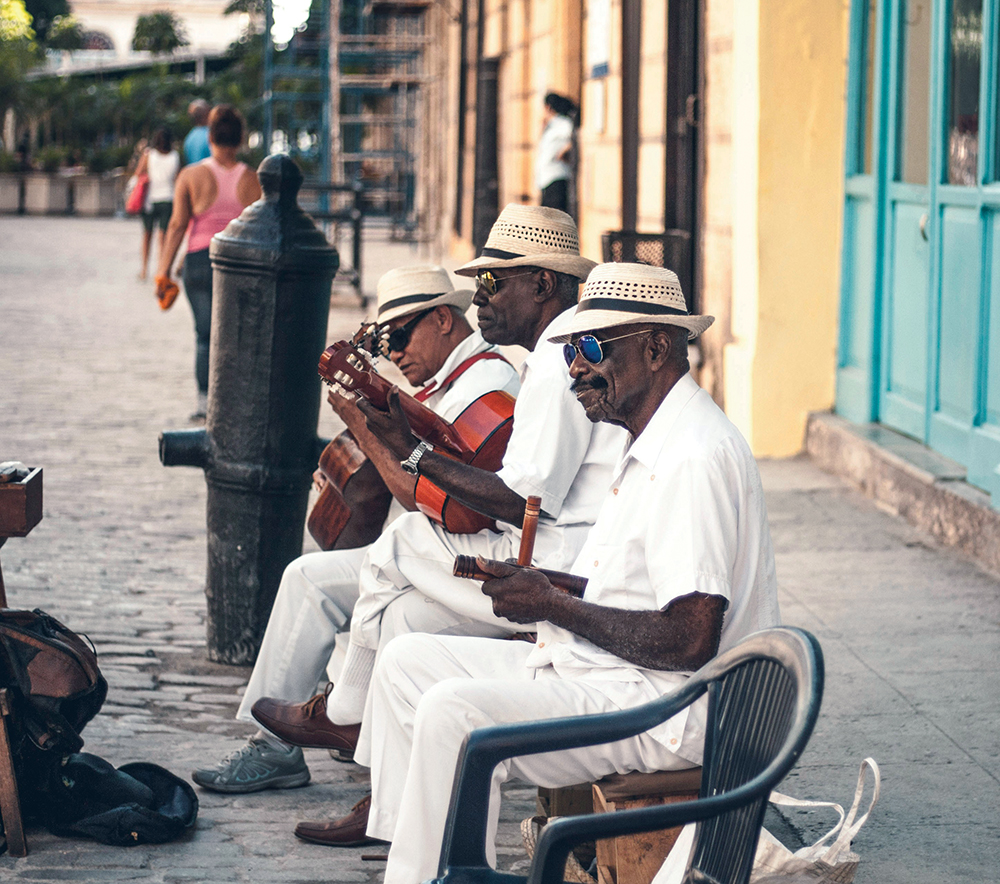
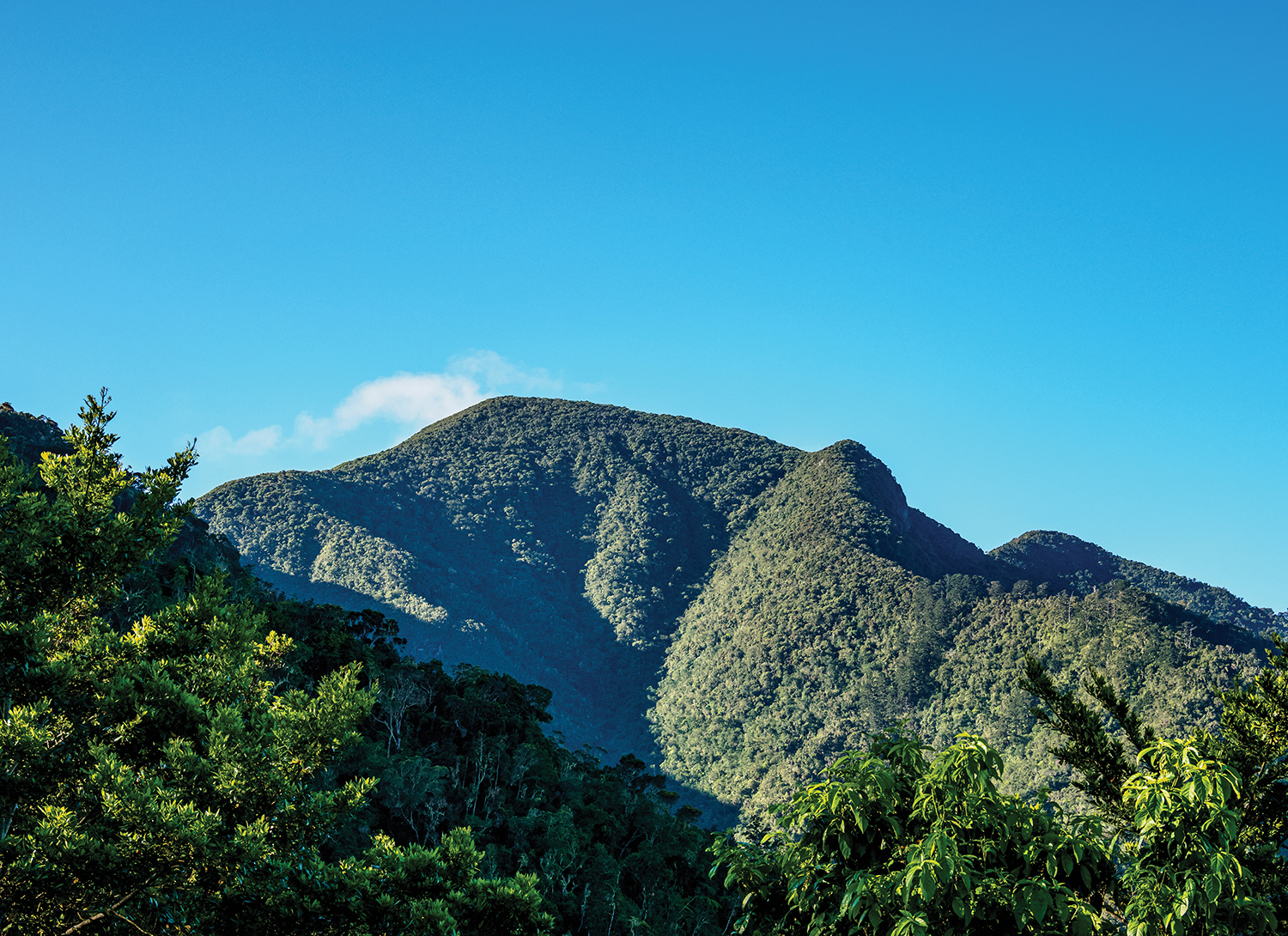
CUBAN CUBISM
Born in 1902 to a Chinese father and an Afro-Cuban mother of Spanish descent, Wilfred Lam would become a “pivotal figure” of Latin American modern art, and among the most influential of the 20th century. After graduating from Academia Nacional de Bellas Artes San Alejandro in Havana, he won a scholarship for Madrid’s Museo del Prado before moving to Paris where he found friends and admirers in the likes of Pablo Picasso and the poet André Breton. In 1940, Lam fled the French capital following the Nazi occupation, hitching a ride aboard a cargo ship for the perilous voyage back to Cuba where he developed his unique cocktail of cubist-meets-surrealist style – which also merged African and European philosophies. Lam’s work has been regularly shown at some of the world’s leading galleries such as the Museum of Modern Art in New York, and London’s Tate. He died in 1982.
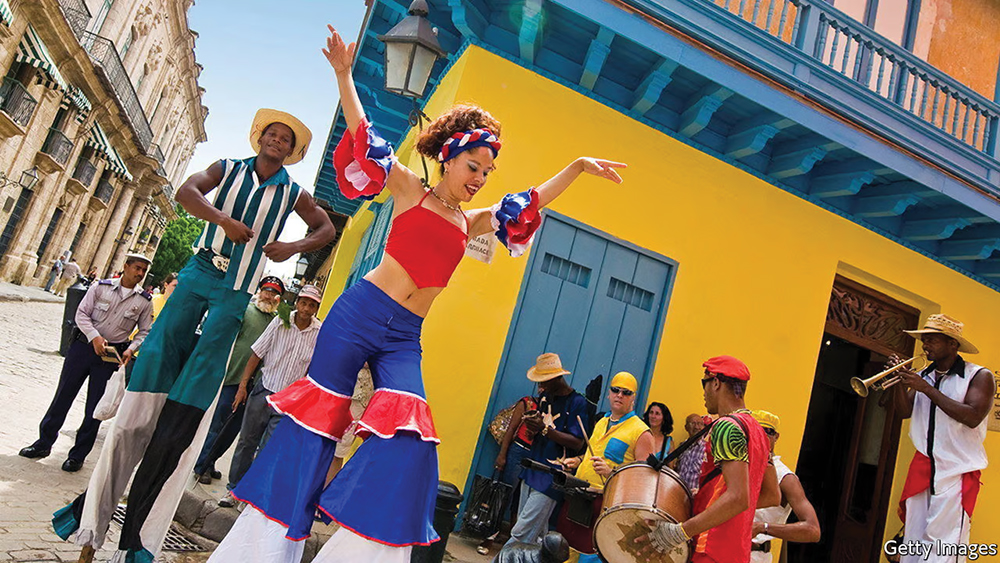
CUBAN MOVES
Few know how to groove quite like the Cubans. Through its rich Caribbean, African, and Spanish influences, the island developed its official national dance of the danzón in the 19th century, from which others were born and have long since been embraced the world over. None more so, perhaps, than salsa, a combination of other Cuban styles, the son, the mambo, and the rumba. The lively cha-cha-cha is loved for its fun, flirtatious nature that involves syncopated footwork and plenty of hip gyrating! Even the novelty conga dance line originated from the Cuban carnival dance for the same name.
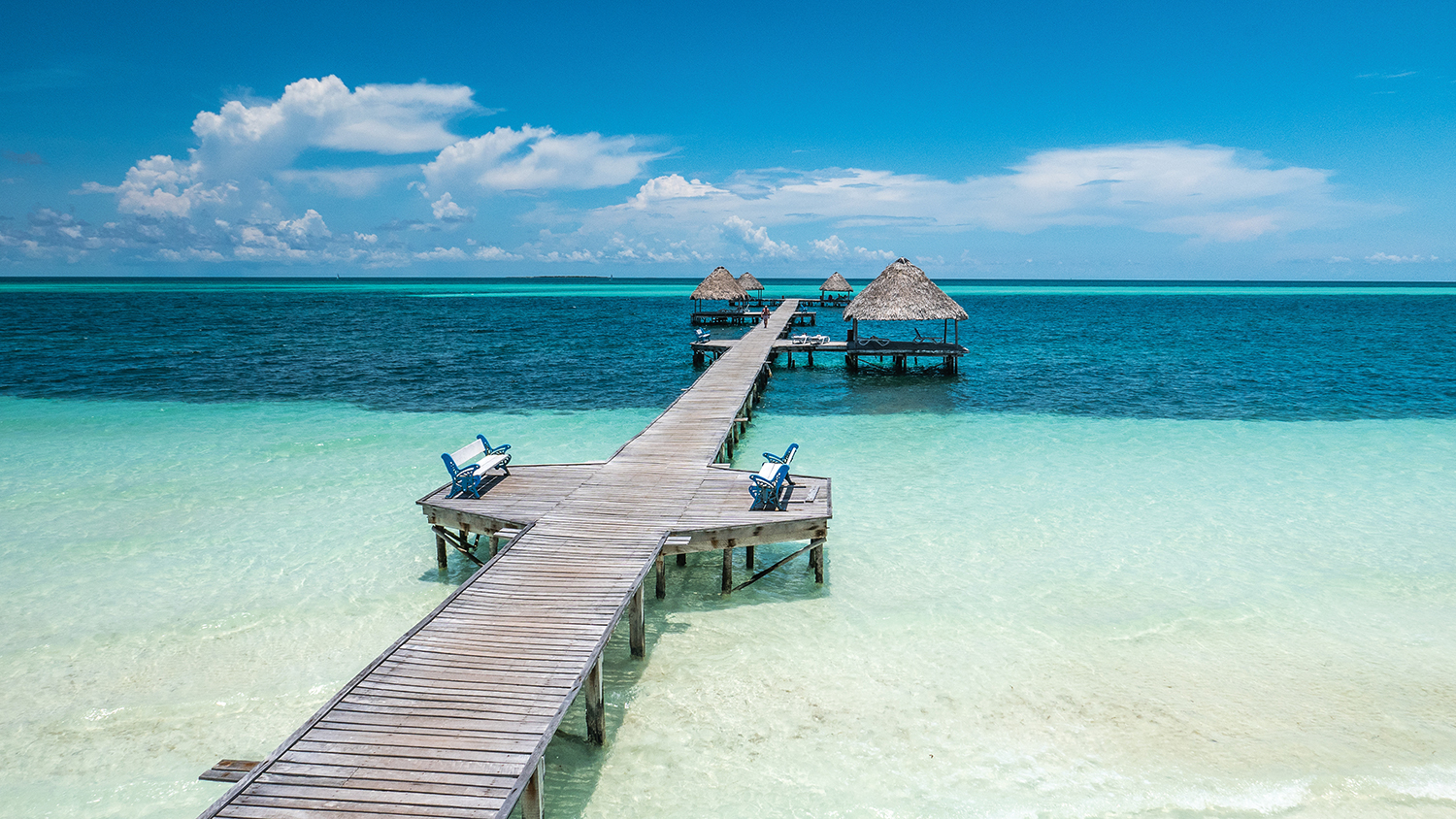
TAKE A DIP
Cuba’s nearly 7,000km of coastline cradles some of the Caribbean’s most beautiful beaches, all kissed by clear, tropical seas. Here are three of the best.
Varadero. this sugar-sanded gem is known as “the pearl of northern Cuba” for good reason. Think dunes bordered by whispering palms, shallow and warm turquoise waters and restaurants and bars nearby.
Playa Pilar. Often referred to as the island nation’s most beautiful beach, Playa Pilar was a favourite hangout of Ernest Hemingway who spent a good chunk of his life in Cuba. The powdery white sands and pristine waters are popular with boaties, snorkellers and windsurfers. Playa Ancón. By some distance, the vast majority of Cuba’s hotels and tourist hotspots are located along the northern coast.
Playa Ancón is one of the country’s best remote paradises, tucked away on the southern coast’s Ancón Peninsula not too far from the pretty colonial town of Trinidad.
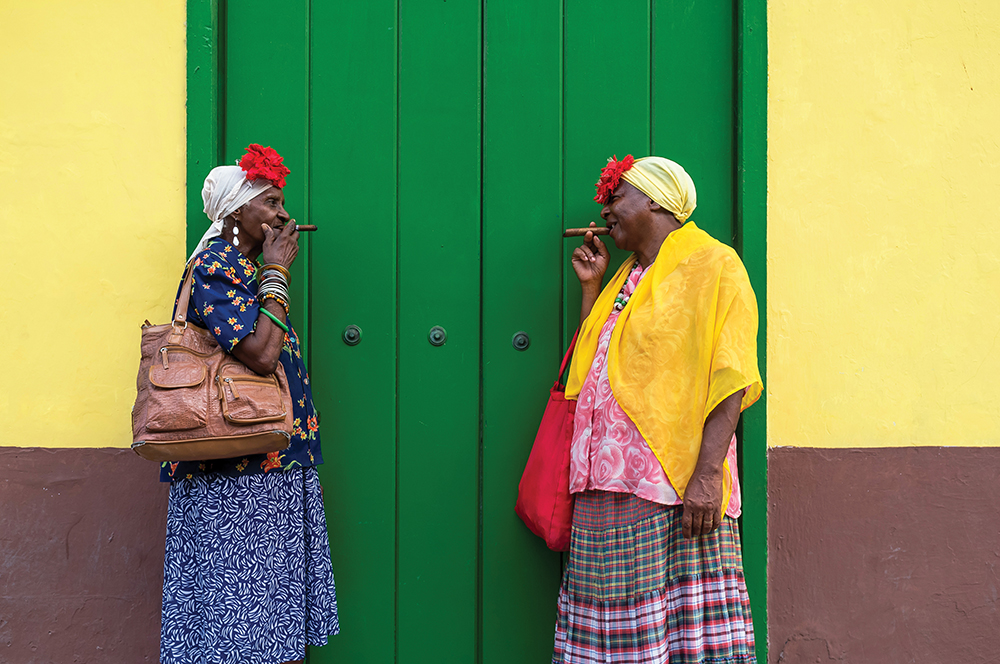
SMOKED
In the late 15th century, Spanish sailors returned from Cuba (and other Caribbean and South American countries) with reports of folk holding “a firebrand of weeds in their hands to take in the fragrant smoke”. The tobacco plant – named locally as cohiba, a name still used by a major cigar brand today – had arrived in Cuba from South America around 3,500 years earlier. The Spanish colonists took an immediate shine to the crop and began cultivating it almost immediately – playing a significant role in introducing it to Europe, Asia, and Africa. The 1800s were known as the “golden age” for the Cuban cigar – by 1859, there were more than 10,000 plantations around Cuba, with Havana housing around 1,300 factories – and the era produced many major brands that are still in existence today. Around 100 million premium cigars are now made each year by hand by professional rollers known as torcedores.






